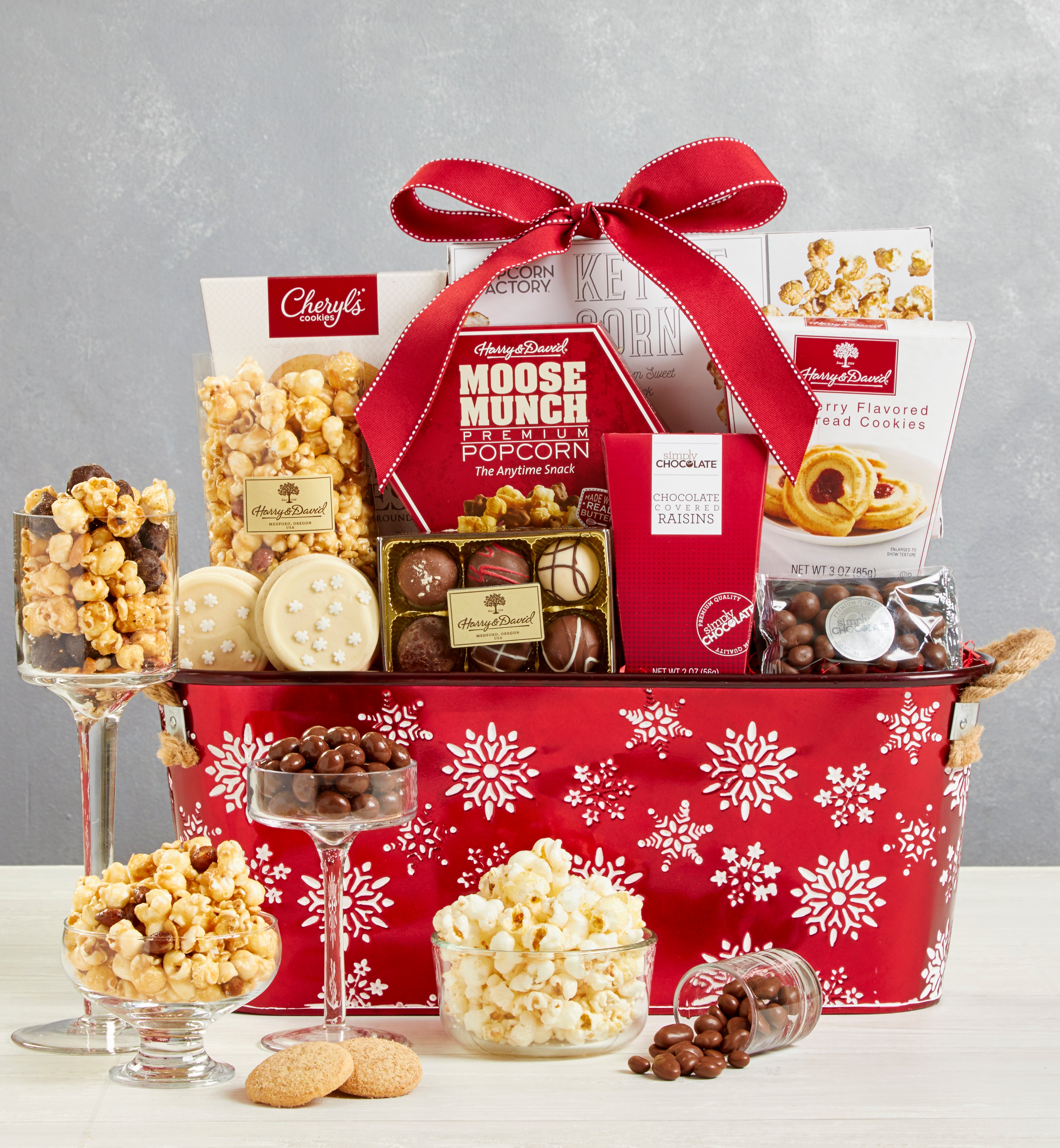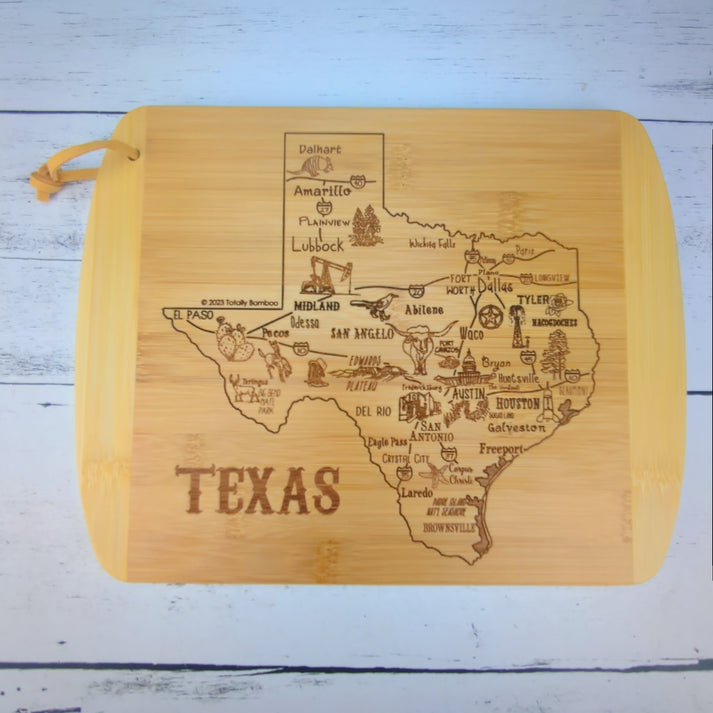When you send a hamper across town, you’re not just delivering a bundle of goodies—you’re delivering trust, taste, and—if you’re lucky—full compliance with Australian food safety regulations. A slip‑up can mean a costly recall or a tarnished reputation. This guide walks you through the steps, from picking the right ingredients to passing the final audit, so your hampers stay as delightful as they are compliant.
Understanding the Regulatory Landscape
Key Australian Food Safety Standards
Australia’s food safety framework is built on the Food Standards Australia New Zealand (FSANZ) Code. The Code sets out mandatory standards for everything from ingredient safety to labelling. Knowing the difference between mandatory and recommended standards is like knowing the difference between a hard hat and a safety vest—both help, but only the hard hat protects you from falling debris.
The Role of the Australian Food Standards Code
The Code is the legal backbone. It covers:
- Food additives – only approved substances are allowed. Allergen labelling – a clear list of potential allergens. Shelf‑life and storage – temperature controls and expiry dates. Traceability – a record of where each item came from.
Failing to meet any of these can trigger a regulatory response, so treat the Code as your safety net.
Planning Your Hamper: From Concept to Compliance
Choosing Safe Ingredients
When you’re curating a hamper, the first question is: Are these ingredients food‑grade and compliant? Some items, like fresh fruit, may be exempt from certain additives but still require proper handling. Consider:
- Local sourcing – reduces transport risks. Certified suppliers – look for FSANZ‑approved certificates. Allergen information – ensure you know every ingredient’s allergen profile.
Packaging and Labelling Essentials
Packaging isn’t just about aesthetics; it’s a compliance checkpoint. Ensure each item has:

- A clear product name. A list of ingredients. Allergen warnings in bold. A best before or use by date. Storage instructions if needed.
A neat label is like a good handshake—first impressions matter.
The Compliance Checklist: Step‑by‑Step
Documentation and Record‑Keeping
Think of documentation as your safety logbook. Keep records of:
- Supplier certificates. Batch numbers. Inspection reports. Temperature logs during transport.
These records prove you’re not just guessing but following a solid plan.
Storage, Transport, and Handling
Temperature control is king. A hamper that travels through a hot summer can turn a gourmet spread into a food safety nightmare. Tips include:
- Use insulated carriers for perishable items. Check temperature before loading. Limit exposure time—the shorter, the better.
Common Pitfalls and How to Avoid Them
Mislabeling Mistakes
One small business owner once sent out a hamper of “chocolate‑covered almonds” and forgot to list milk as an allergen. The result? A recall and a dent in customer trust. To avoid this, double‑check labels against the FSANZ allergen list.
Cross‑Contamination Risks
Cross‑contamination is the silent thief of safety. Keep raw and cooked items separate, use dedicated utensils, and clean surfaces between uses. Think of it as keeping the “clean” side of the kitchen on the “clean” side of your hamper.
Leveraging Technology and Partnerships
Digital Tracking Tools
Modern apps can track temperature, location, and even alert you if a hamper deviates from its route. A quick scan of the QR code on your hamper can reveal its journey—think of it as a digital passport.
Working with Certified Suppliers
Partnering with suppliers who hold FSANZ certificates ensures you start with a compliant base. Ask for:
- Supplier audits. Product certifications. Allergen control plans.
These partnerships are like having a safety officer on your team.
The Final Touch: Quality Assurance and Audits
Internal Audits
Before you ship, run a quick audit. Use a checklist that covers:
- Label accuracy. Packaging integrity. Temperature compliance.
It’s like a pre‑flight check for your hamper.
External Certification
If you’re sending hampers to high‑profile clients, consider obtaining a third‑party certification. A certified seal says, “We’ve passed the safety test.” It’s the equivalent of a Michelin star for food safety.
Making Your Selection Count
The journey from idea to delivery is a maze of regulations, but with the right roadmap, it’s a walk in the park—just without the mud. Remember, every compliant hamper you send is a budget hampers designer hampers promise kept to your customer: quality, safety, and a dash of Australian pride. Next time you’re curating a gift, think of it as a culinary symphony where every note must hit the right pitch—otherwise, the whole performance could fall flat.
If you’re ready to take your hamper game to the next level, start by reviewing your ingredient list against the FSANZ Code, double‑check your labels, and invest in a reliable temperature‑monitoring system. Compliance isn’t just a checkbox; it’s the foundation that lets your business grow without surprises. Cheers to safe, compliant, and delicious hampers!
